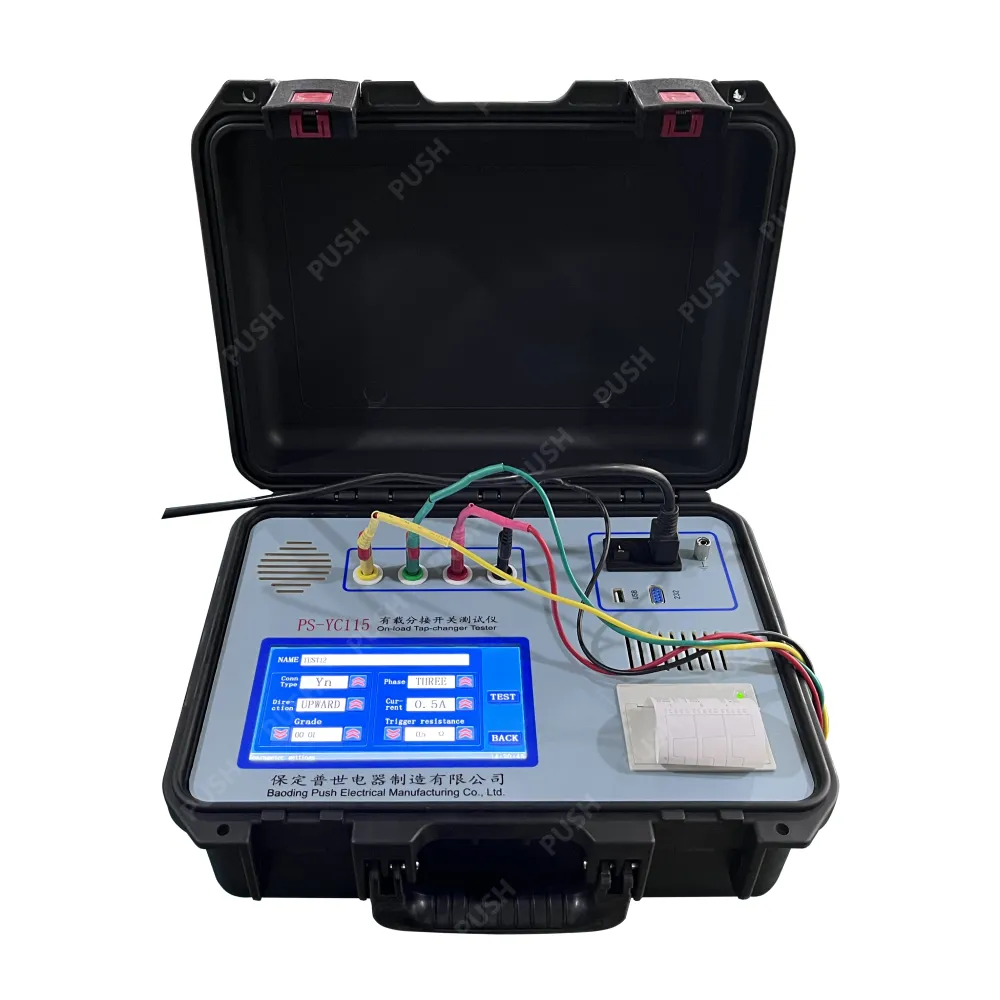 English
English



-
 Afrikaans
Afrikaans -
 Albanian
Albanian -
 Amharic
Amharic -
 Arabic
Arabic -
 Armenian
Armenian -
 Azerbaijani
Azerbaijani -
 Basque
Basque -
 Belarusian
Belarusian -
 Bengali
Bengali -
 Bosnian
Bosnian -
 Bulgarian
Bulgarian -
 Catalan
Catalan -
 Cebuano
Cebuano -
 China
China -
 China (Taiwan)
China (Taiwan) -
 Corsican
Corsican -
 Croatian
Croatian -
 Czech
Czech -
 Danish
Danish -
 Dutch
Dutch -
 English
English -
 Esperanto
Esperanto -
 Estonian
Estonian -
 Finnish
Finnish -
 French
French -
 Frisian
Frisian -
 Galician
Galician -
 Georgian
Georgian -
 German
German -
 Greek
Greek -
 Gujarati
Gujarati -
 Haitian Creole
Haitian Creole -
 hausa
hausa -
 hawaiian
hawaiian -
 Hebrew
Hebrew -
 Hindi
Hindi -
 Miao
Miao -
 Hungarian
Hungarian -
 Icelandic
Icelandic -
 igbo
igbo -
 Indonesian
Indonesian -
 irish
irish -
 Italian
Italian -
 Japanese
Japanese -
 Javanese
Javanese -
 Kannada
Kannada -
 kazakh
kazakh -
 Khmer
Khmer -
 Rwandese
Rwandese -
 Korean
Korean -
 Kurdish
Kurdish -
 Kyrgyz
Kyrgyz -
 Lao
Lao -
 Latin
Latin -
 Latvian
Latvian -
 Lithuanian
Lithuanian -
 Luxembourgish
Luxembourgish -
 Macedonian
Macedonian -
 Malgashi
Malgashi -
 Malay
Malay -
 Malayalam
Malayalam -
 Maltese
Maltese -
 Maori
Maori -
 Marathi
Marathi -
 Mongolian
Mongolian -
 Myanmar
Myanmar -
 Nepali
Nepali -
 Norwegian
Norwegian -
 Norwegian
Norwegian -
 Occitan
Occitan -
 Pashto
Pashto -
 Persian
Persian -
 Polish
Polish -
 Portuguese
Portuguese -
 Punjabi
Punjabi -
 Romanian
Romanian -
 Russian
Russian -
 Samoan
Samoan -
 Scottish Gaelic
Scottish Gaelic -
 Serbian
Serbian -
 Sesotho
Sesotho -
 Shona
Shona -
 Sindhi
Sindhi -
 Sinhala
Sinhala -
 Slovak
Slovak -
 Slovenian
Slovenian -
 Somali
Somali -
 Spanish
Spanish -
 Sundanese
Sundanese -
 Swahili
Swahili -
 Swedish
Swedish -
 Tagalog
Tagalog -
 Tajik
Tajik -
 Tamil
Tamil -
 Tatar
Tatar -
 Telugu
Telugu -
 Thai
Thai -
 Turkish
Turkish -
 Turkmen
Turkmen -
 Ukrainian
Ukrainian -
 Urdu
Urdu -
 Uighur
Uighur -
 Uzbek
Uzbek -
 Vietnamese
Vietnamese -
 Welsh
Welsh -
 Bantu
Bantu -
 Yiddish
Yiddish -
 Yoruba
Yoruba -
 Zulu
Zulu
Cable Impedance Measurement Device for Accurate Signal Testing and Diagnostics
Understanding Cable Impedance Testers Ensuring Optimal Performance in Electrical Installations
In the realm of electrical engineering and telecommunications, ensuring optimal performance and reliability of cable installations is paramount. One of the essential tools in this domain is the cable impedance tester. This device plays a crucial role in determining the impedance characteristics of various types of cables, including coaxial, twisted pair, and fiber optic cables. Understanding the function and importance of a cable impedance tester can greatly enhance the integrity of electrical networks.
What is Cable Impedance?
Impedance is a measure of how much a circuit resists the flow of electric current when an alternating voltage is applied. It includes both resistance and reactance, the latter being associated with the capacitive and inductive properties of the circuit components. The impedance of a cable is vital for ensuring efficient signal transmission and minimizing losses.
For instance, if the impedance of the cable does not match the source or load impedance, reflections can occur. These reflections lead to signal degradation, resulting in poor performance of the electrical system. Therefore, accurately measuring the impedance of cables is vital for both installation and maintenance.
The Function of Cable Impedance Testers
Cable impedance testers are specialized devices designed to measure the impedance of cables. They have the capability to perform various tests, including Time Domain Reflectometry (TDR) and Open/Short Circuit Testing. These tests help identify issues such as cable faults, improper terminations, or changes in the cable characteristics due to aging or environmental factors.
1. Time Domain Reflectometry (TDR) This method sends a pulse down the cable and measures the time it takes for the reflections to return. By analyzing these reflections, the tester can determine the length of the cable and identify any discontinuities or faults within it.
2. Open/Short Circuit Testing This testing method checks for open circuits (breaks in the cable) and short circuits (unintended connections between conductors). This is essential for ensuring that the cable is functioning correctly and can transmit signals without interruption.
cable impedance tester

The Importance of Cable Impedance Testing
Properly functioning cables are critical for both safety and efficiency in electrical installations
. Here are some reasons why cable impedance testing is so important- Minimized Signal Loss By ensuring that cables are operating at their specified impedance, signal loss due to reflections can be minimized. This is particularly critical in high-frequency applications such as data communication and broadcasting.
- Fault Detection Early detection of cable faults can prevent more significant issues down the line. Regular impedance testing helps identify problems before they escalate, saving both time and money in repairs.
- Compliance and Standards Many industries require adherence to specific standards for cable performance. Testing can confirm that installations meet these regulations, ensuring quality and reliability.
- Improved Lifespan Stress on cables from mismatched impedance can lead to overheating and premature failure. By ensuring proper impedance matching, the lifespan of the cables can be extended.
Conclusion
In conclusion, cable impedance testers are indispensable tools for maintaining the health and performance of electrical installations. By measuring and analyzing the impedance of cables, these devices help in troubleshooting, ensuring compliance, and optimizing signal transmission. As technology continues to evolve, the importance of reliable cable testing will only increase. Whether in telecommunications, data centers, or industrial applications, employing a cable impedance tester is essential for achieving optimal performance and reliability in electrical systems. By understanding and utilizing this critical tool, professionals can ensure that their cable installations meet the highest standards of quality and efficiency.
-
Testing Equipment Industry Sees Major Advancements in 2025: Smart & Precision Technologies Lead the WayNewsJun.06,2025
-
Applications of Direct Current Generators in Renewable Energy SystemsNewsJun.05,2025
-
Hipot Tester Calibration and Accuracy GuidelinesNewsJun.05,2025
-
Digital Circuit Breaker Analyzer Features and BenefitsNewsJun.05,2025
-
Benefits of Real-Time Power Quality Monitoring Devices for Industrial EfficiencyNewsJun.05,2025
-
Earth Fault Loop Testing in High-Rise Building Electrical SystemsNewsJun.05,2025



